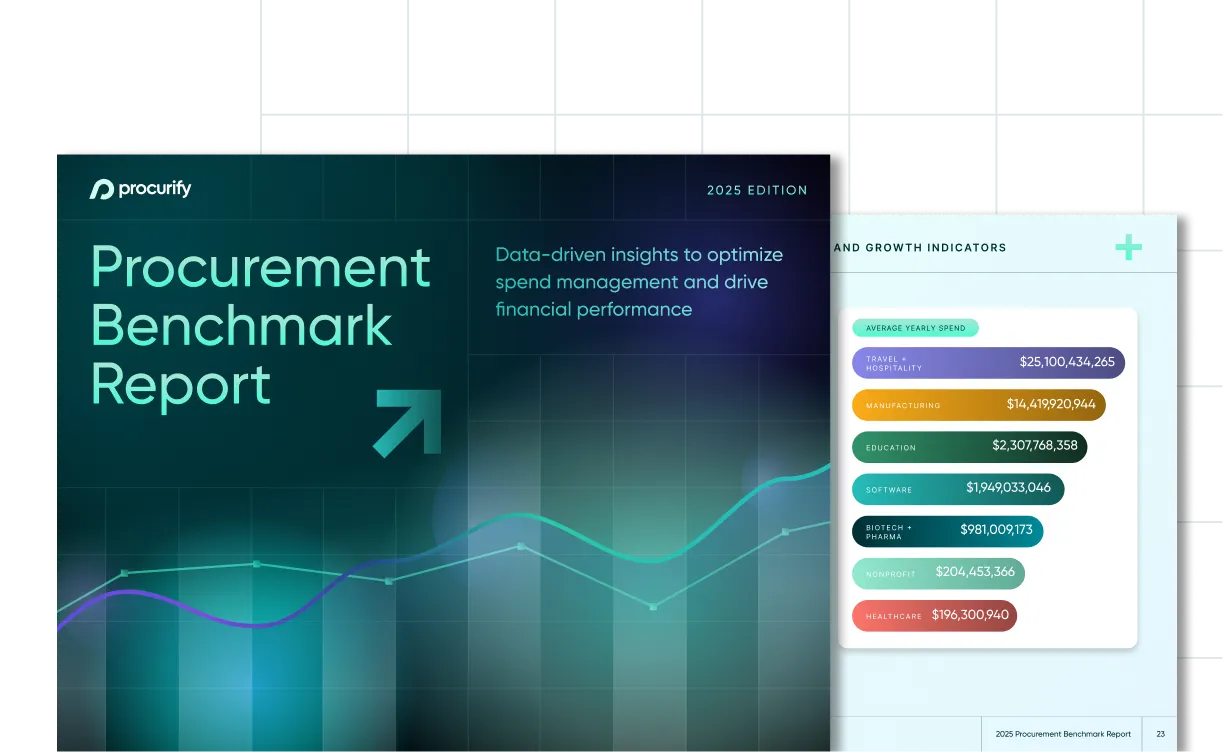The 4 T&E Spend Processing KPIs That You Should Be Measuring Today
Travel and expense (T&E) spend processing KPIs are hard to measure. It involves establishing and communicating policies and approval limits, capturing and reporting relevant tax data, approving and processing employee reimbursements and advances, and managing personal accounts.
APQC recommends that organizations monitor a balanced set of Key Performance Indicators (KPIs) for each process (cost, productivity, efficiency, cycle time, quality, etc.). The following are APQC’s recommendations for the expense reimbursement process:
-
(Cost) Total process cost to perform the expense reimbursement process per $1,000 revenue.
Process cost measures are often the first category of measures that business executives look at when seeking to streamline processes. Total process cost should include all significant costs allocated to the process, including fully-loaded labor costs of Full-time Equivalents (FTEs) performing the process, any outsourcing cost for the process, systems cost, and allocated overhead or other costs for the process. This KPI is normalized per $1,000 revenue.
At the median, APQC’s data (across all industries and organization sizes) shows that organizations spend about $0.17 per $1,000 revenue to process expense reimbursements.
For a $1 billion company, this equates to a total of about $170,000 annually in labor, systems, outsourcing, overhead, and other costs. (Note that all KPIs may vary by company type and industry.)
2. (Productivity) Number of T&E disbursements per T&E FTE
Productivity measures are useful to evaluate the output per input for a particular process. This KPI examines the total number of T&E payments annually processes by each Full-time Equivalent working on the process. A Full-time Equivalent takes into account what percentage of time a full-time employee works on a process.
For example, one full-time employee who works only half of his/her time on the expense reimbursement activities listed above would equal 0.5 process FTEs. At least, in theory, a higher number of disbursements per FTE is better, assuming other KPIs are not adversely impacted.
At the median, APQC’s data (across all industries and organization sizes) shows that each T&E FTE processes about 7,700 disbursements per year.
3. (Efficiency) Number of FTEs that process expense reimbursements per $1 billion revenue
As the name implies, efficiency KPIs denote how efficient process workers are. Theoretically, a lower number of FTEs performing a process indicates a more efficient process, assuming other KPIs are not adversely impacted.
At the median, APQC’s data (across all industries and organization sizes) shows that organizations have about 1.7 FTEs per $1 billion revenue performing the expense reimbursement process.
4. (Cycle Time) Cycle time in days to approve and schedule T&E reimbursements
Finally, cycle time KPIs measure the duration of a particular process or activity. A lower cycle time for this KPIs would almost always be considered better, as most employees desire to be reimbursed quickly for business expenses.
At the median, APQC’s data (across all industries and organization sizes) shows that organizations approve and schedule T&E reimbursements in about 5 days.
Improving The Four KPIs
In order to improve upon the four KPIs, a few things Procurify recommend include:
- Automating The Approval Process Through Technology – Automating the T&E spend approval processes through technological tools can improve cycle time and the number of FTEs that process expense reimbursements, as manual processes of approval such as email or paper expense forms cause delays and bottlenecks.
- Communicating and Implementing Clear Procedures – Communicating and implementing clear procedures for expense reimbursement throughout the organization that your employees can easily follow will relieve headaches when processing T&E spend.
- Ensure Proper Storage for Receipts and Documentation – Making sure the required documentation for T&E processing is crucial. Having one centralized storage space for receipts can make processing a lot easier. Some tools such as Procurify have image recognition systems that help store and read receipts for easy approval and reimbursements.
Final Notes
By tracking a balanced set of process KPIs, organizations ensure that they have a holistic picture of how the process is performing. Other potential KPIs that organizations might also consider tracking (not discussed here) include stakeholder satisfaction and quality. Once an organization knows how it is performing on these KPIs and how performance compares to others both within and outside of their industry, they can then drill down to try to understand and improve performance by evaluating practices around strategy, service delivery model, policies, process management, performance management, training and communications, and automation.
About Rachele Collins
Rachele is the Principal Research Lead for financial management at APQC, the world’s foremost authority in benchmarking, best practices, process and performance improvement, and knowledge management.

2025 Procurement Benchmark Report
Powered by $20B+ in proprietary data you won’t find anywhere else.
